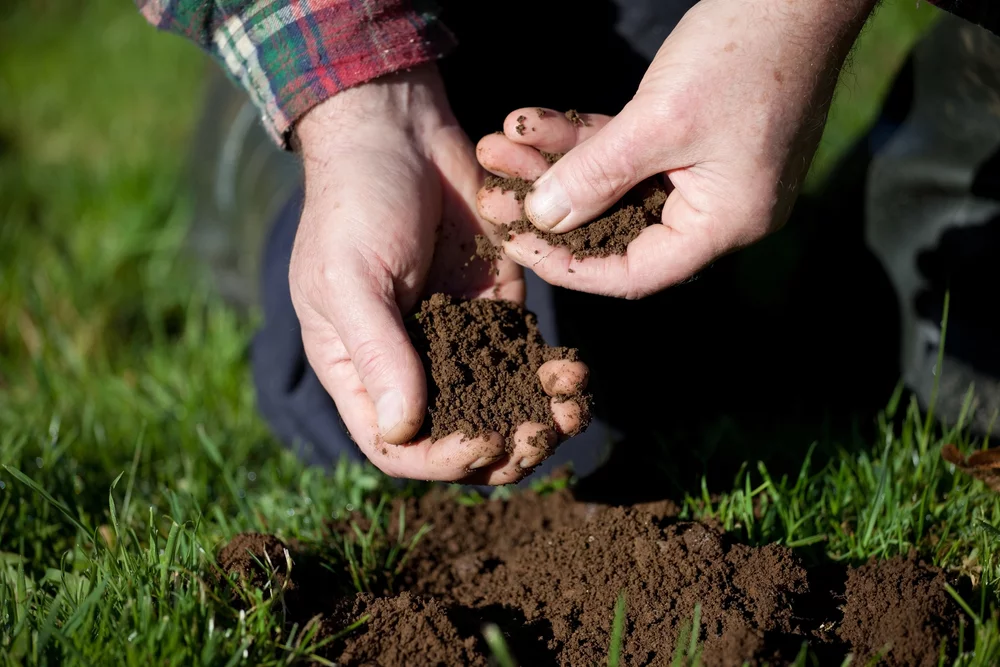Plastics in digestate

We’re all very aware of the impact of plastic on the environment, but did you know it could be affecting your digestate? The Anaerobic Digestion & Bioresources Association (ADBA) and Renewable Energy Association (REA) are now urging local authorities to put an increased emphasis on keeping plastics out of food waste collections.
Issues have arisen from both the use of the wrong type of caddy liners and other problematic plastic materials ending up in the food waste. Councils are being urged to educate the general public to ensure that they are only using acceptable caddy liners, ensuring careful monitoring to ensure that conventional plastic is not being used over compostable liners.
Converting waste to digestate
Digestate is a nutrient-rich substance which is favoured as a highly effective fertiliser. The product is composed of left-over indigestible, waste materials and dead microorganisms, with the overall volume amounting to around 90% of what was fed into the digester. It differs from compost in that compost requires oxygen and is produced through aerobic digestion rather than anaerobic.
Digestate spreading, when planned accurately, can provide a highly effective solution to using less artificial fertilisers, and with the addition of a digestate tank or storage solution, can save a considerable amount of money.
Digestate is derived from natural gas, meaning that farmers can save themselves a considerable amount of money and energy, whilst simultaneously cutting the cost of fossil fuels used and reducing their farm’s carbon footprint.
Plastic contamination to digestate
In the UK alone, 10 million tonnes of post-farm food waste is thrown out every year, with only around 10% of this actually being recycled. The UK also produces around 300million tonnes of new plastic every year, meaning stricter controls need to be put in place to reduce the materials making their way into the recyclable food matter, whilst simultaneously encouraging more members of the public to recycle their food waste rather than discarding into the general waste bins.
Previous investigations into the actual amount of plastic contaminating digestate in use, have been conducted to determine the extent. Within these lab analyses of 15 samples, from three UK based PAS110 certified sites, the weight, surface area and size data of the plastic were collected.
Samples were taken from agricultural soils which had previously been spread with digestate. The samples were collected then underwent a wet sieving approach to trial and validate them. From the samples, there were plastic fragments present that measured less than 2mm and were recovered from grassland fields which had previously been subjected to digestate spreading.
Benefits of digestate spreading
By opting to undertake digestate spreading on your fields, you will likely see a significant number of benefits, ranging from a more effective crop growth to cost-savings from the reduced need to purchase artificial fertiliser. The product is nutrient rich and when compared to store-bought fertiliser or traditional slurry, it allows farmers to more accurately determine the success of their harvest, by aligning the nutrients available in the product with the nutrients in the soil. For more information about the economic effects of spreading and storing digestate, click here. For more information about digestate spreading farming services and custom digestate storage tanks and lagoons, contact AWSM Farming today.





